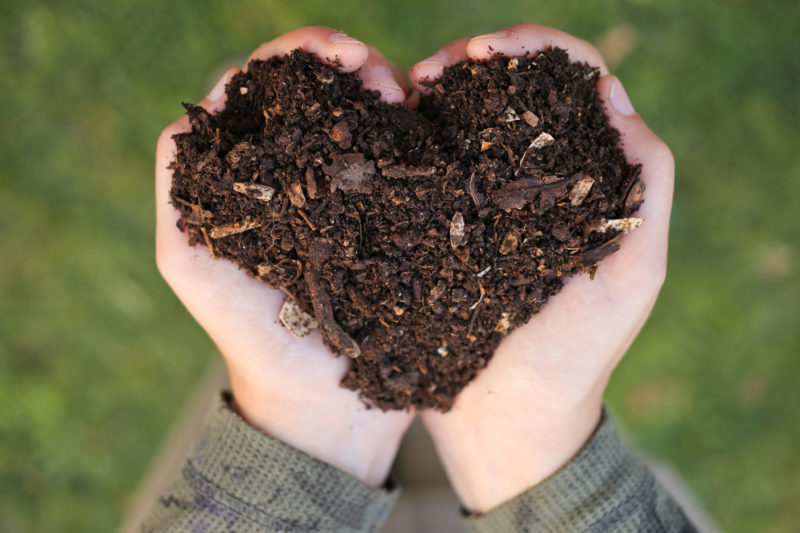 Sustainable Transportation
Sustainable Transportation
–> Evaluate your daily commute. Manitoba’s built environment (community sprawl, road design, etc.) results in many people (~75%) driving to work and school every day. This impacts our carbon footprint, traffic congestion, and our wallets. Transitioning to sustainable transportation (bus, carpooling, walking, and cycling) can seem like a lot to tackle at first, but it’s a matter of taking small steps (try it out once a week, or a couple of times per month) and having a positive attitude. Start by visiting our Workplace Commuter Options website page for a number of resources when it comes to making the transition from driving alone to a greener and healthier option.
–> Utilize GoManitoba for your transition to sustainable transportation. GoManitoba is a FREE online ridesharing tool that matches you with a potential carpool, cycling, walking, and transit matches in your neighbourhood. It’s also a great place to start for resources, trip planning, and tracking savings.
–> Sustainable transportation includes your child’s trip to school, too! If active school travel (walking and cycling to school) is new to your family, start off slowly by getting your children to walk/ bike to school once a week/month, park a few blocks away and walk together, or team up with a neighbour to start a walking school bus/ bike train. With time, you can adjust your schedule to make active transportation a daily part of your children’s commute to school. There is considerable evidence that confirms active school travel has vital physical, mental, and environmental health benefits, so get started by visiting our Active and Safe Routes to School website page to learn more.
Healthy Diet
–> Work as a team. Start by meal planning with a friend, neighbour, or as a whole family! Meal planning with children can be a very enriching experience for them, both for culinary skill development and increases the chances of them eating and liking the healthy foods you picked out and made together! To make things easier, there is usually an alternative healthy recipe to every classic and favourite meal! Take children shopping with you so they can learn about where the food they eat comes from.
–> Save money. As a bonus, meal planning will probably save you money, since the average Canadian wastes 20-40% of the food they buy, which is like buying five bags of groceries and dropping one in the parking lot. If you want more tips on storing food properly and using up leftovers, check out NRDC’s “Save the Food” website (my favourite feature? The Guestimator, for those big gatherings that too often produce so much waste).
–> Buy and eat local. You can check out how to buy local food, even in the winter here (at least, if you live in Winnipeg). Buying local is often more sustainable, and supports food security in our communities. Don’t forget to compost all of your food scraps!
 Active Lifestyle
Active Lifestyle
–> Get outdoors! If you want to incorporate a more active lifestyle as a family, getting outdoors is a great place to start. Many people face barriers when it comes to spending time outdoors once the weather gets cold, but don’t let winter scare you away! Winter offers many activities that can be enjoyed by the whole family like skating, tobogganing, skiing, and snowshoeing. Once you have the equipment, these activities are free of charge, which is a good alternative to costly gym memberships.
–> Challenge yourself during Jack Frost Challenge. A free, week-long winter challenge for ALL Manitobans which takes place Feb. 2-8. Gather a team of 1-5 family members, friends, or co-workers to complete 130 collective kilometres of outdoor activities. This could include walking, running, biking, skating, cross-country skiing, snowshoeing, tobogganing, & more! All you need to do is register and log your kilometres of outdoor activity during the week! Learn more here.
New Hobby
–> Start thrift shopping and crafting/DIY. Before buying something new, keep in mind the four r’s: rethink, reduce, reuse, and recycle (or even a fifth r: “repair”!). When you are in need of buying something, try looking for it at your local thrift store, on websites like Kijiji, or talk to your family or friends. You can even try making some of the things you need! For example, There are many great alternatives to health and cleaning products that can be made with household items. ArtsJunktion is a great resource for either picking up, or dropping off, repurposable art and craft supplies. Making these items can be very simple, save you money, and be a lot of fun!
Waste Reduction
–> Make “zero waste” your new goal/ challenge! Sound impossible? There’s a ton of baby steps that can have a big impact! Why not read up on which composting solution is the best for your family? Another easy step is to do a quick “waste audit” on your household where you collect all the waste you produce in a week, then look at it (the less-yucky way to do this is to just collect it all in clear plastic bags – don’t forget to keep your recycling separate – and just eyeball it) to determine where most of it is coming from. Is a lot of it food scraps? Try meal planning or composting. Lots of filmy plastic wrap from food? Resolve to choose bulk at the grocery store instead and bring your own container or bag! Bulk Barn is particularly “BYOC” friendly, but every major grocery store will let you pack loose produce into your reusable bags. Finally, try refusing plastic straws in restaurants (asking for “no ice” can really help make this more comfortable).







Recent Comments